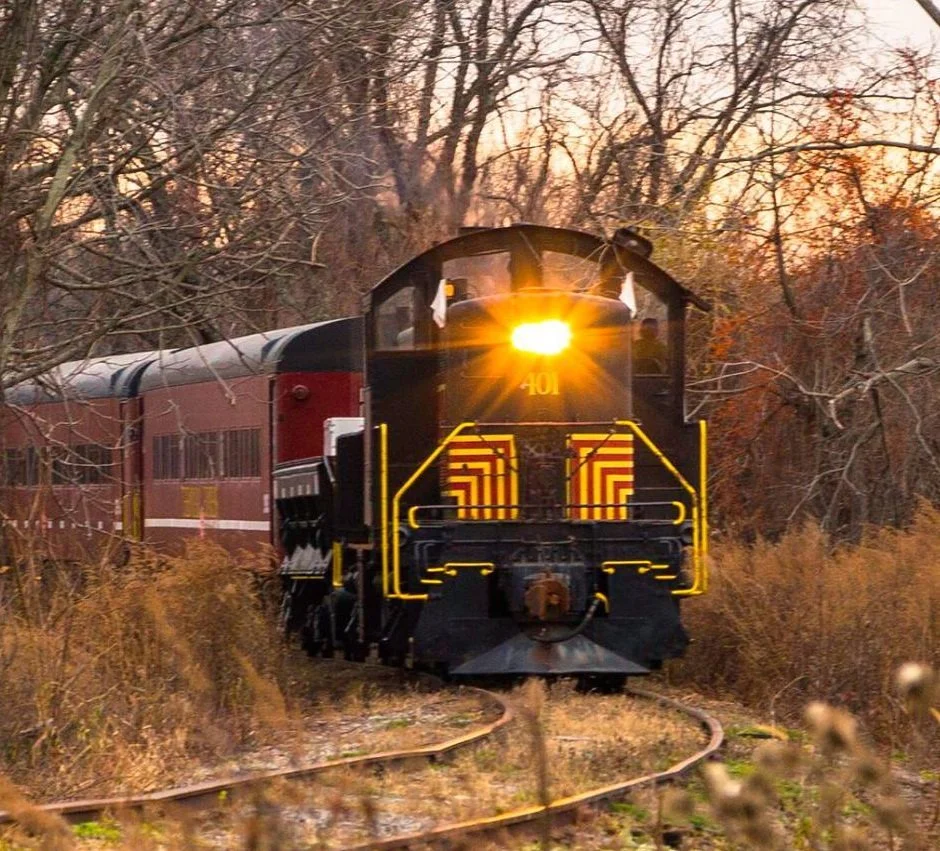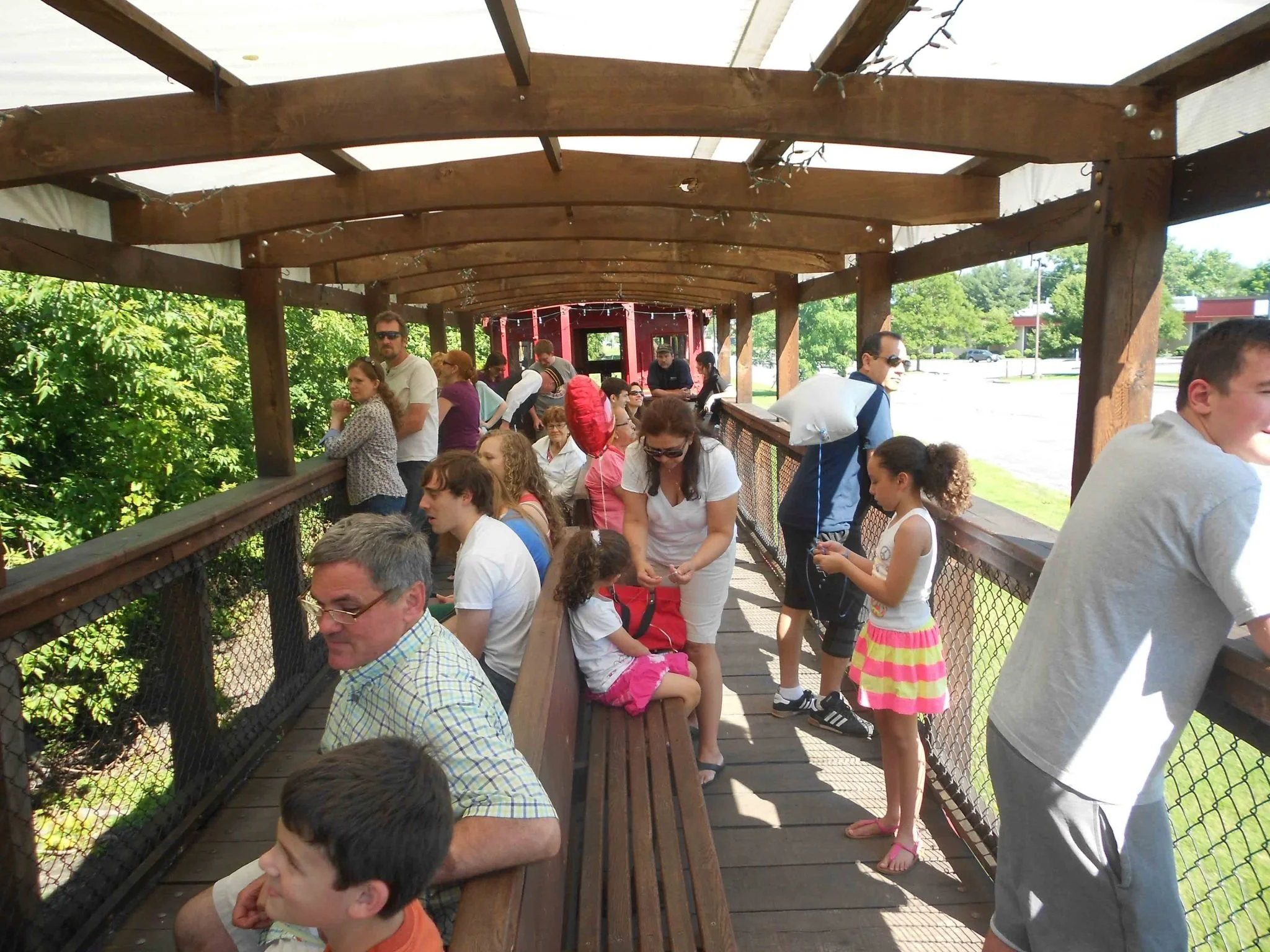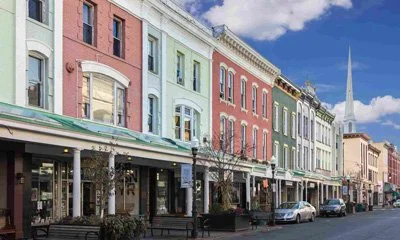A River Town with Mountain Roots
Kingston sits where the Hudson River widens and the Catskills rise—a meeting place of water and stone, history and reinvention. Once the first capital of New York State, the city has worn many names: colonial outpost, brick-and-bluestone port, railroad hub, and, more recently, an arts-and-food haven where past and present live side by side.
Colonial Footprints
Founded in 1652 as a Dutch settlement called Esopus, Kingston’s early years were marked by skirmishes, treaties, and the hard-won rhythms of a frontier community. In 1777, it was chosen as New York’s first capital, only to be burned by the British that same year. The town rebuilt in stone and spirit—its streets still lined with 18th-century architecture that whispers of resilience.
The Age of Industry and Riverboats
By the 19th century, Kingston thrummed with industry. Its bluestone quarries paved New York City sidewalks, while brickworks, tanneries, and river commerce made it a vital Hudson port. The arrival of the Ulster & Delaware Railroad linked Kingston to the Catskills, carrying summer visitors westward and bringing mountain timber, dairy, and bluestone back to the riverfront. The Rondout district, once alive with canal barges and steamboats, remains one of Kingston’s most evocative neighborhoods.
Reinvention by the River
Like many Hudson Valley towns, Kingston weathered the decline of industry in the mid-20th century. But reinvention followed. Today, its historic districts—Uptown, Midtown, and the Rondout Waterfront—form a quilt of galleries, farm-to-table restaurants, indie shops, and performance spaces. Murals bloom on brick walls, lofts echo with music, and cobblestones lead to cafés where espresso mingles with the scent of river air.
Why Kingston Matters Today
Kingston is both museum and marketplace, a place where history is not frozen but lived in daily life. You can walk past colonial stone houses in Uptown, catch live jazz by the water, or hop aboard the Catskill Mountain Railroad for a taste of railroading’s golden age. The city’s past is written in its streets, but its present is vibrantly alive—an enduring river town that continues to shape and be shaped by those who call it home.



